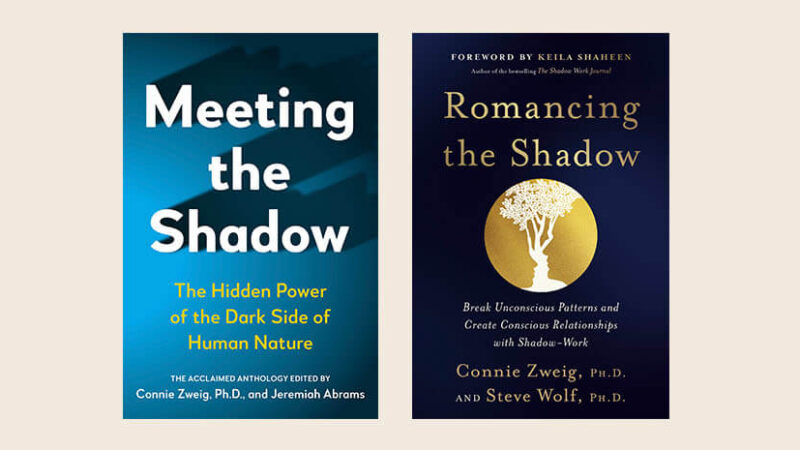Inspiration: 27 Vital Aspects of Breath

Have you ever paused to consider how amazing your breath is? Here’s a list of some inspirational aspects of breath. (The word inspiration itself means to breathe.) Some might already be familiar to you. You may feel drawn to appreciate some more than others. Devoting close attention to any one will lead to all the others. It’s all there – in a breath.
1 Present-ness
My mind wanders. My thoughts drift off. Sometimes, I could drown in regret, lost reviewing the past. Meanwhile, my breath is always precisely in the present moment.
2 Happiness
When we drop our worries and hurries, we can fully connect with our aliveness. Breathing with this joy on our lips, we learn a deeper, more enduring happiness. It’s our birthright. Conscious breathing can be a great relief, having nothing else to do but be – and a reminder there are enough simple reasons for happiness in this present moment.
3 Leadership
I’m a follower of my breath. Following my breath can tell me volumes about how I’m feeling and what I’m thinking; where I am and where I need to go in my life. When I notice my mind has wandered – I simply draw attention back to my breath.
4 Constant Companion
Since my birth, no one and no thing has been as close to me, without fail, rain or shine, as my breath. No sensation has been as familiar to me. When I follow my breath, I feel myself coming home, where I’ve always belonged.
5 Best Friendship
Ultimately, no one may love me as much as I do. To remain faithful to my part of the relationship, I pay utmost attention to my breath. Sometimes, I need to take time for us to get to know each other better.
6 Relational
I say, “my breath,” but I could b breathing in your out-breath. The simple implication of breath’s merging of within and around can dramatically shift my perspective.
7 Inspirational
We have many muses in our creative life. They may take the form of rituals, people, or substances. My primary inspiration is breath.
8 Nature
Through my breath, I observe my connection to Nature and her processes. The in-and-out of breath mirrors the natural cycles – the tides, the sun and moon, life and death.
9 Slowness
Nature reminds me to slow down, since my observation reveals how slowness tends to predominate our surroundings. Paying attention to breathing, it tends to deepen and slow, of its own, naturally. Living in a culture addicted to an ever-accelerating pace, slowness can feel like salvation.
10 Calm
Paying attention to breath allows it become as deep as it wishes to be. When I feel my belly soften and breath grow deep, my vestigial instincts of flight-fright-or-fight have gone away: less stress! I am aware of how calm I feel.
11 Solidity
Without calm, my strength can dissipate, disperse, and scatter. Without calm, I cannot engage in gentle inquiry into the nature of self and reality. My reserve of calm assures my presence has solidity, even in emergency. I can show up, and be present when I show up.
12 Silent
Paying attention, I notice breath is slower than thought. Nor does it obey the restrictive patterns of verbal language. I pay close attention to each quiet breath, from beginning, middle, and end – and with a blank space, in between. This silence is not blind.
13 Anonymity
My breath is totally unconcerned whether or not I am up with latest fashion, or what I look like. I don’t need to cultivate an identity. Breath accepts as I am. In that complete acceptance, I could be nobody – or anybody. This is anonymity is a passport to the undomesticated world of the wild.
14 Impermanence
Breath is a living example of the impermanence of all things – a reminder of the importance of flow. You can never breathe the same breath twice.
15 Focus of Awareness
Meditating, I could focus on sound, which is also ever-present, but I like breath best.
16 Emotional Self-Regulation
Being intimate with how a breath arises, manifests, then falls away is a transferable skill, applicable to emotions and thoughts. These too arise, take form, and pass. Besides my recognizing they’re impermanent, it’s great to also be able to catch negative thought forms and destructive feelings at their inception – before they’ve pulled us along by the nose – learning to step away from their pull on us, understand them, and heal and transform their energies.
17 Direct
Breath isn’t symbolic nor abstract. There’s no need to look behind breath, searching for hidden meaning. Beyond anyone else’s words or labels, connecting with breath is to see for one’s self, through direct experience.
18 Intentionality
Wanting to change my behavior – my thoughts, my words, and my deeds – conscious breathing is wonderful training. To be conscious of just one breath immediately sets intention into motion. Conscious breath provides a space where I can consider how to respond, rather than react.
19 Universal
Like the wind that encircles the planet, breath is everywhere. It knows no religious denominations, national boundaries, ethnic differences, or social classes. Languages vary but they all tend to point to the vital connection to life of breath.
20 Vital
Mindful of breath, I return my attention to the fountain of life. Dead people don’t breathe. Many languages equate our personal breath with a connection to something greater than ourselves.
21 Centering
Shunryu Suzuki Roshi once likened breath to a hinge between mind and body. In present-moment awareness of breath, my body and mind find each other. In the vital spaciousness of breath, body mind spirit can align as one.
22 Interconnection
Scientists tell me my breath nourishes the green world of vegetation, and vegetation nourishes my breath. I know, first-hand, such interdependent interconnection of all things through my breath. I can feel how body conditions mind … mind conditions body … breath conditions both.
23 Letting Go
Breathing out teaches me a central lesson: letting go. I can’t breathe in without breathing out.
24 Ineffable
Breath is invisible. It has no color, no shape. It’s invisible. Breath – like mind, like life – is ineffable.
25 Selflessness
Breathing out, I let my exhalation simply fall away from my body, as if as far as to the horizon. Then I wait. I am as still as a hunter waiting for a deer. I don’t summon it, nor try to will it into existence. My next breath comes, nevertheless. As if of itself. Without fixed identity, lacking any separateness, empty of ownership. In this, it is perfectly open to anything and everything, as limitless as a big clear sky. Selfless.
26 Prayer
Mindful breathing can be a form of prayer.
27 Engaged
Breath can’t be confined to a monastery. It’s actively engaged in the world.
 Gary Gach hosts Zen Mindfulness Fellowship weekly in San Francisco, since 2009. He’s author of The Complete Idiot’s Guide to Buddhism and editor of What Book!? ~ Buddha Poems from Beat to Hiphop. His most recent book is PAUSE BREATHE SMILE ~ Awakening Mindfulness When Meditation Is Not Enough. This brings mindfulness full-circle, back to its roots as a spiritual as well as secular path for complete awakening. It’s available in both paperback and as an audio book. His work has also appeared in over 150 periodicals and a couple dozen anthologies, including The Christian Science Monitor, Harvard Divinity Bulletin, Huffington Post, In These Times, Language for a New Century, The Nation, The New Yorker, Technicians of the Sacred, and Yoga Journal. More info : GaryGach.com.
Gary Gach hosts Zen Mindfulness Fellowship weekly in San Francisco, since 2009. He’s author of The Complete Idiot’s Guide to Buddhism and editor of What Book!? ~ Buddha Poems from Beat to Hiphop. His most recent book is PAUSE BREATHE SMILE ~ Awakening Mindfulness When Meditation Is Not Enough. This brings mindfulness full-circle, back to its roots as a spiritual as well as secular path for complete awakening. It’s available in both paperback and as an audio book. His work has also appeared in over 150 periodicals and a couple dozen anthologies, including The Christian Science Monitor, Harvard Divinity Bulletin, Huffington Post, In These Times, Language for a New Century, The Nation, The New Yorker, Technicians of the Sacred, and Yoga Journal. More info : GaryGach.com.
Buy your copy of PAUSE, BREATHE, SMILE at your favorite bookseller!
Sounds True | Amazon | Barnes & Noble | Indiebound
Copyright © 2019 by Gary Gach.



 Mindfulness can be defined as the clear and calm energy of an intelligent alertness, spacious and awakening. The good news is it’s present all the time. It’s inherent in our human inheritance. We need only to remember this. Here are five simple everyday reminders for mindful living to try for yourself.
Mindfulness can be defined as the clear and calm energy of an intelligent alertness, spacious and awakening. The good news is it’s present all the time. It’s inherent in our human inheritance. We need only to remember this. Here are five simple everyday reminders for mindful living to try for yourself.




